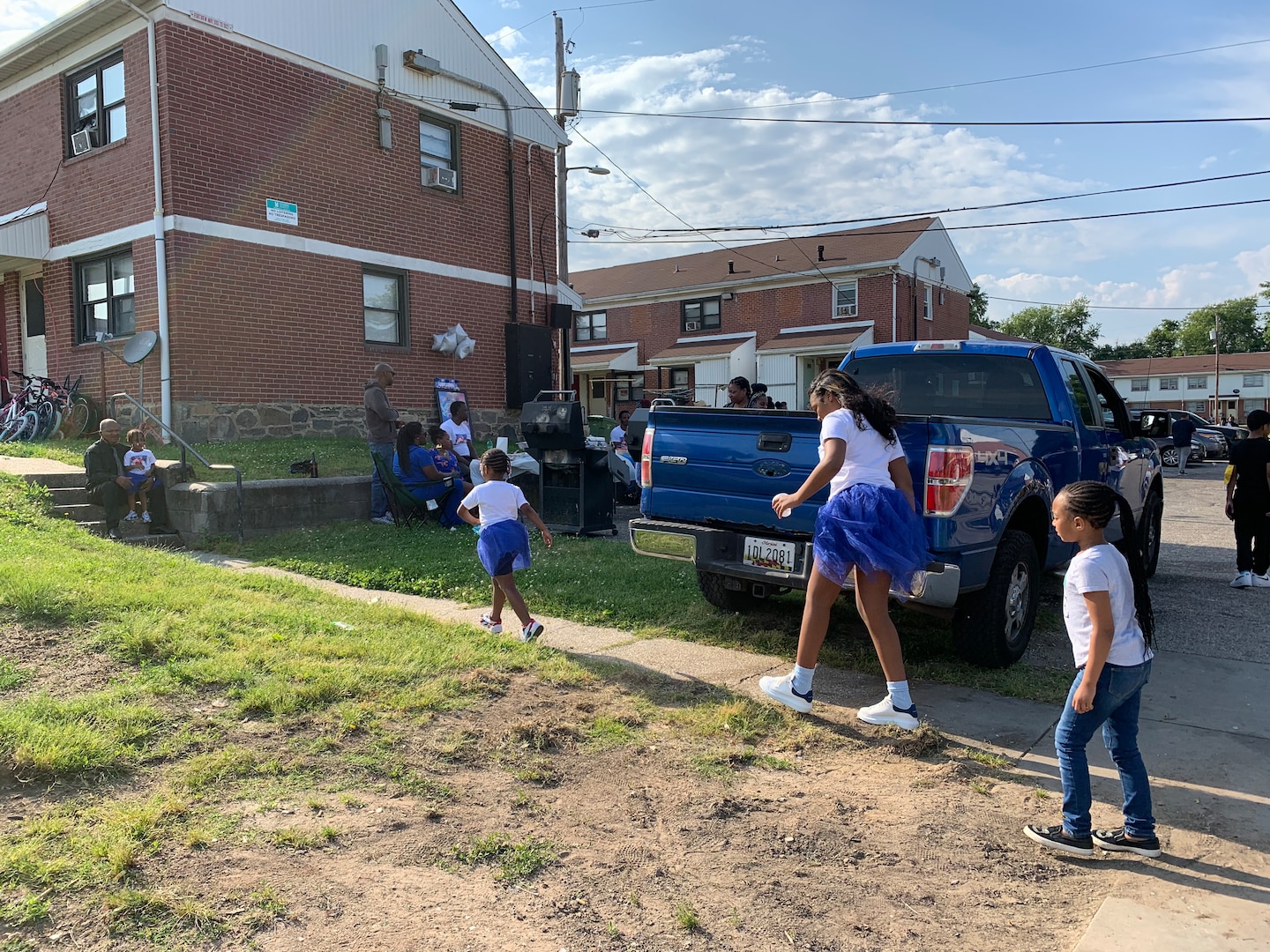The gathering for the youngest victim of the coronavirus so far in Maryland, Virginia or D.C. took place this week just a few miles from where thousands were marching at that very moment to protest the killing of George Floyd — and where five years ago another black man, 25-year-old Freddie Gray, died while in police custody.
Floyd and Gray’s deaths were police-related. Dyson was killed by a mysterious pediatric complication associated with covid-19.
But to the three generations of family members, friends and supporters who came together on this afternoon to grieve, the depredations of the novel coronavirus, police brutality, economic inequality and institutional racism all blur together.
Dyson was a healthy teenager, which should have made her among the least vulnerable. But she had two things working against her that were out of her control. She was black, and she was poor, living in a community full of people considered essential workers who came and went to their jobs every day.
“We don’t get justice,” said Lebra Foster, a 64-year-old Postal Service employee and Dyson’s great aunt. “They treat us like we are not worth anything. I work hard every day, and it’s not fair.”
John Comer, a 38-year-old community activist who has been involved in demonstrations against police violence in Ferguson, Mo., Baltimore and other cities said he chose to attend Dyson’s service instead of the protests down the street because he sees the virus’s impact as an urgent new front in the battle against racism. He said he has been surprised that so many people he has met could not afford masks or did not know where to get them.
For the time being, he said, he has put down his protest signs to hand out free masks. As a moment, he said, “this feels different.”
“I know people that died,” Comer said. “To me, the virus has joined forces with racism. It feels like another trap in a long list of issues we are fighting every day.”
The Trump administration, which has been accused of failing to recognize the disproportionate effect of the virus on communities of color, on Thursday moved to address the growing anger. Robert R. Redfield, director of the Centers for Disease Control and Prevention, apologized “for the inadequacy of our response” and said new requirements for reporting coronavirus data based on race, ethnicity and other demographic factors would take effect Aug. 1.
The public health agency reported new data this week that showed the coronavirus was not the great equalizer some had anticipated. Instead, it was laying bare long-standing health disparities that have traditionally resulted in higher death rates for African Americans from a range of causes. With the coronavirus, 23 percent of deaths have been among black Americans, although they make up about 13 percent of the U.S. population.
The unequal burden of the disease is most acute in Washington, where nearly 76 percent of deaths have been among black Americans even though they make up only about 47 percent of the population.
The National Medical Association (NMA), which represents 50,000 African American physicians, has blamed the high death rate on an amplification of “years of discrimination, unequal treatment and injustices in health care, criminal justice and employment.”
Four out of five black Americans’ jobs require them to be outside of the home. They are more likely to live in multigenerational households, which increases the virus risk. And a disproportionate number have been furloughed or laid off during the pandemic, putting pressure on their ability to pay for housing and food. A large number also have health conditions such as diabetes, hypertension and obesity that make them more vulnerable to the disease.
Add to that the impact of pollution and other environmental factors that are more acute in poorer communities, and the chances of a bad outcome due to the virus increase.
Oliver T. Brooks, a physician and president of the NMA, said in an interview that the deaths of Floyd, Gray and Dyson are

